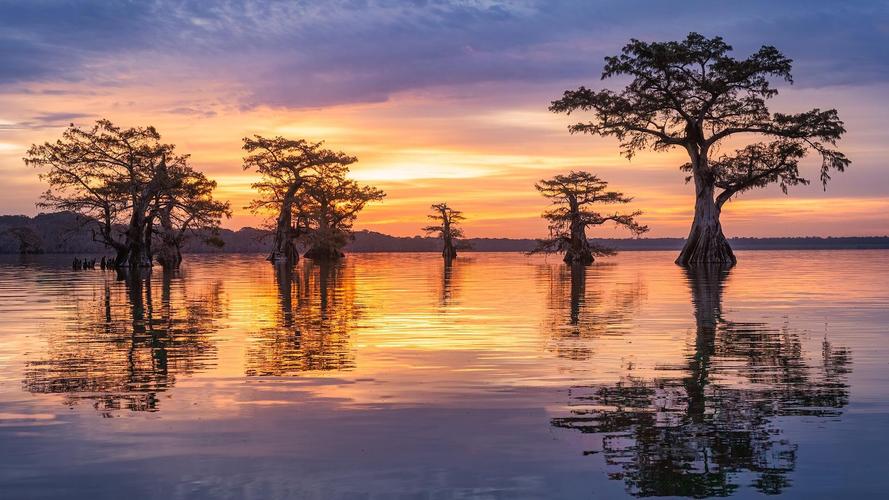Cultural heritage is an integral part of human societies, representing the customs, traditions, and values that have been passed down from generation to generation. These cultural artifacts and practices provide people with an understanding of their origins and help them connect with their roots. In recent years, cultural heritage videos have emerged as a powerful tool for preserving and promoting cultural heritage while fostering a sense of community and pride.
Cultural heritage videos create a bridge between the past and the present, bringing ancestral memories to life in the digital age. These videos showcase the diverse cultural artifacts, traditions, and practices that define different communities across the globe. By capturing and preserving these stories, cultural heritage videos help people to better understand their identities, appreciate their cultural heritage, and pass it on to future generations.
One key advantage of cultural heritage videos is their ability to connect people to their roots, regardless of where they are in the world. This is especially important for diaspora communities, whose members may have been separated from their cultural heritage due to migration, displacement, or assimilation. Cultural heritage videos can help them to reconnect with their cultural identity and feel a sense of belonging, even if they are far from home.
In addition to fostering a sense of community and belonging, cultural heritage videos also have significant educational and tourism value. These videos can be used in schools and universities to teach students about different cultures, traditions, and histories. They can also be used to promote tourism to cultural heritage sites, encouraging travelers to explore the rich and diverse cultural heritage of different parts of the world.
The power of cultural heritage videos has been demonstrated through numerous case studies. For example, the “I AM” project in the United Arab Emirates created a series of cultural heritage films that showcased the diverse cultural practices of the country. The project aimed to promote national unity and cultural appreciation among the country’s diverse population. Similarly, the “Sacred Sites” project in Australia created a series of cultural heritage videos that highlighted the spiritual significance of different Indigenous sacred sites. The project aimed to promote cultural understanding and respect for Indigenous cultures.
In conclusion, the power of cultural heritage videos lies in their ability to connect people to their roots, promote cultural understanding, and foster a sense of community and pride. By capturing and preserving these stories, cultural heritage videos help to ensure that the diverse heritage of human societies is not lost to time, but instead celebrated and passed on to future generations.
(Note: Do you have knowledge or insights to share? Unlock new opportunities and expand your reach by joining our authors team. Click Registration to join us and share your expertise with our readers.)
Speech tips:
Please note that any statements involving politics will not be approved.
